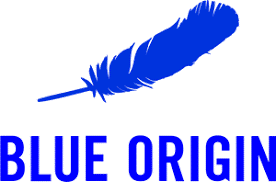The Avionics Certification Process Walkthrough
Key stages and best practices for this crucial component in Avionics and aerospace development.
Step 1: Pre-Application Phase
Objective: To outline the certification goals and scope.
- Initial Meeting: Manufacturers meet with regulatory bodies (like the FAA or EASA) to discuss the intended certification, potential issues, and the regulatory framework.
- Certification Plan Submission: A detailed certification plan is submitted, outlining the project scope, timelines, and compliance methods.
Step 2: Formal Application
Objective: To formally start the certification process.
- Documentation: Submission of all required technical documentation, including system descriptions, safety assessments, and test plans.
- Validation: Regulatory authorities review the submitted documents to ensure completeness and compliance with the relevant standards.
Step 3: Design and Development
Objective: To develop and refine avionics systems according to certification requirements.
- Design Implementation: Execution of design according to the specifications outlined in the certification plan.
- Testing Protocols: Development and implementation of testing protocols to validate the functionality and safety of the avionics systems.
Step 4: Testing and Validation
Objective: To demonstrate that the avionics systems meet all regulatory requirements.
- Laboratory Testing: Conducting rigorous lab tests to ensure systems perform as expected under various scenarios.
- Flight Testing: Implementing flight tests to validate performance in real-world conditions.
Step 5: Certification Review
Objective: To review all test results and finalize the certification.
- Data Evaluation: Comprehensive review of testing data and performance outcomes to ensure compliance with all standards.
- Certification Meeting: A final meeting with the regulatory body to discuss findings and address any remaining issues.
Step 6: Certification Issuance
Objective: To receive formal certification if all criteria are met.
- Approval: If the avionics systems meet all safety and performance standards, the regulatory body issues a certification.
- Documentation: Receipt of formal certification documents, marking the official approval of the avionics systems for use.
Step 7: Post-Certification
Objective: To ensure ongoing compliance and address any emerging issues.
- Continued Airworthiness: Implementation of measures to maintain the certified status of the avionics systems, including regular updates and modifications.
- Surveillance and Audits: Regular checks and audits by the regulatory body to ensure continuous compliance with the standards.
Best Practices for Avionics Certification:
- Early Engagement: Engage with regulatory bodies early in the development process to clarify requirements and expectations.
- Thorough Documentation: Maintain comprehensive and clear documentation throughout the process to facilitate reviews and approvals.
- Proactive Issue Resolution: Address potential issues promptly and collaboratively with the regulatory body to avoid delays in the certification process.









